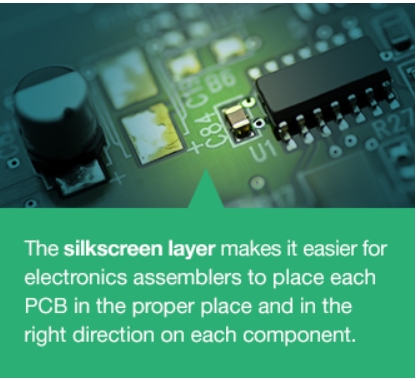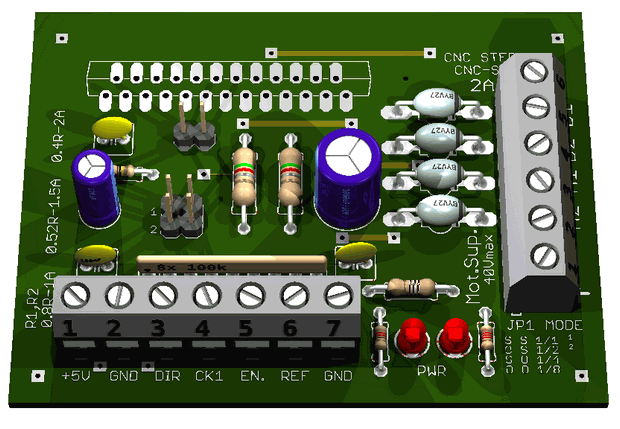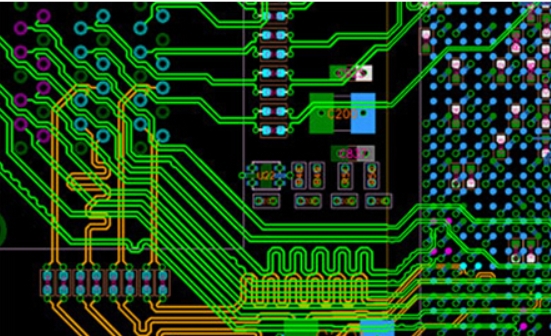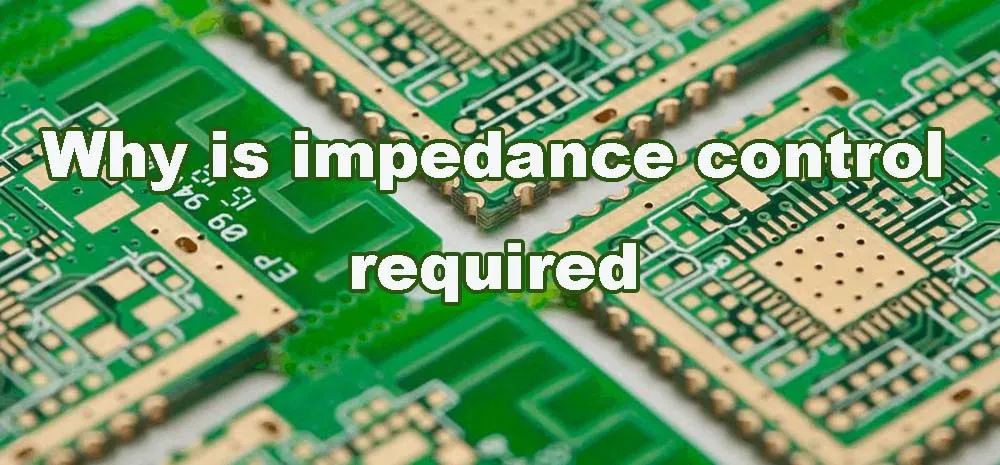High-quality PCB production begins with high-quality design. Huaqiang PCB manufacturing heavily relies on the cooperation of the design process. Engineers, please design your PCBs according to the detailed explanation of the conventional production process below. Design Parameters for PCB Manufacturing 1. Via (Conductive Hole) Minimum hole diameter: 0.3mm (12mil) The minimum via hole diameter is 0.3mm, and...
HomeCategory
Advanced Engineering Technologies for PCB & PCBA Solutions - KKPCB
PCB design is a critical, time-consuming task. Any errors require engineers to meticulously check the entire design, analyzing each network and component. This process requires a level of carefulness comparable to chip design. Typical PCB Design Process The typical PCB design process consists of several steps, with the first three steps taking the most time. Schematic...
PCB layout in mobile phone design requires meticulous attention to minimize risks and ensure optimal performance. With multiple layers dedicated to various functions, specific guidelines help maintain signal integrity and reduce electromagnetic interference (EMI). Below are the detailed issues and wiring principles to consider in mobile phone PCB layout, especially for complex components like RF circuits...
Power supply noise interference is a critical challenge in PCB design, particularly in high-frequency circuits. Noise from the power supply can significantly impact signal integrity and overall circuit performance. This article provides an in-depth analysis of power supply noise, its causes, and practical strategies to mitigate interference in PCB design. Understanding Power Supply Noise Power supply...
I. Component Layout Rules Module-Based Layout: Group related components that serve the same function into a module. Separate digital and analog circuits to minimize interference. Clearance Around Holes: Non-mounting holes (e.g., positioning holes): Keep a 1.27mm clearance around them. Mounting holes (e.g., screw holes): Maintain 3.5mm clearance for M2.5 screws and 4mm for M3 screws. Avoid Vias Under Components: Do not place vias under horizontal...
PCB is the most important part of electronics. Alternately, the acronym has also accounted for printed wiring boards and printed wiring cards, which are essentially the same thing. Due to the crucial role of these boards in everything from computers to calculators, PC board material selection should be undertaken with care and knowledge for electrical...
Circuit boards play a key role in making sure electronic products work properly. They provide structural support and link all the electrical parts together. Whether it’s in smartphones, laptops, or household devices, none could operate without a PCB. This guide will introduce you to the components of a printed circuit board and help you understand the manufacturing process....
1. What is a Motor Controller? A motor controller is an electronic or electrical device used to regulate the speed, torque, and position of a motor. It can automatically or manually start, stop, and protect the motor from issues like overloads. Without a motor controller, motors would be at risk of electrical faults due to the high...
The output value of the global electroplating PCB industry accounts for the rapid growth of the proportion of the total output value of the electronic component industry. It is the industry with the largest proportion in the electronic component industry. It occupies a unique position. The volume of electronic products is becoming lighter and thinner. Design method...
Ensuring Electromagnetic Compatibility (EMC) compliance in motor control PCBs is essential to avoid interference issues, maintain system reliability, and ensure regulatory approval for market access. Here’s a breakdown of why EMC compliance matters and how to achieve it. 1. Why is EMC Compliance Important? Ensures Reliable Operation Without proper EMC measures, Electromagnetic Interference (EMI) can disrupt nearby electronic devices, causing system...











